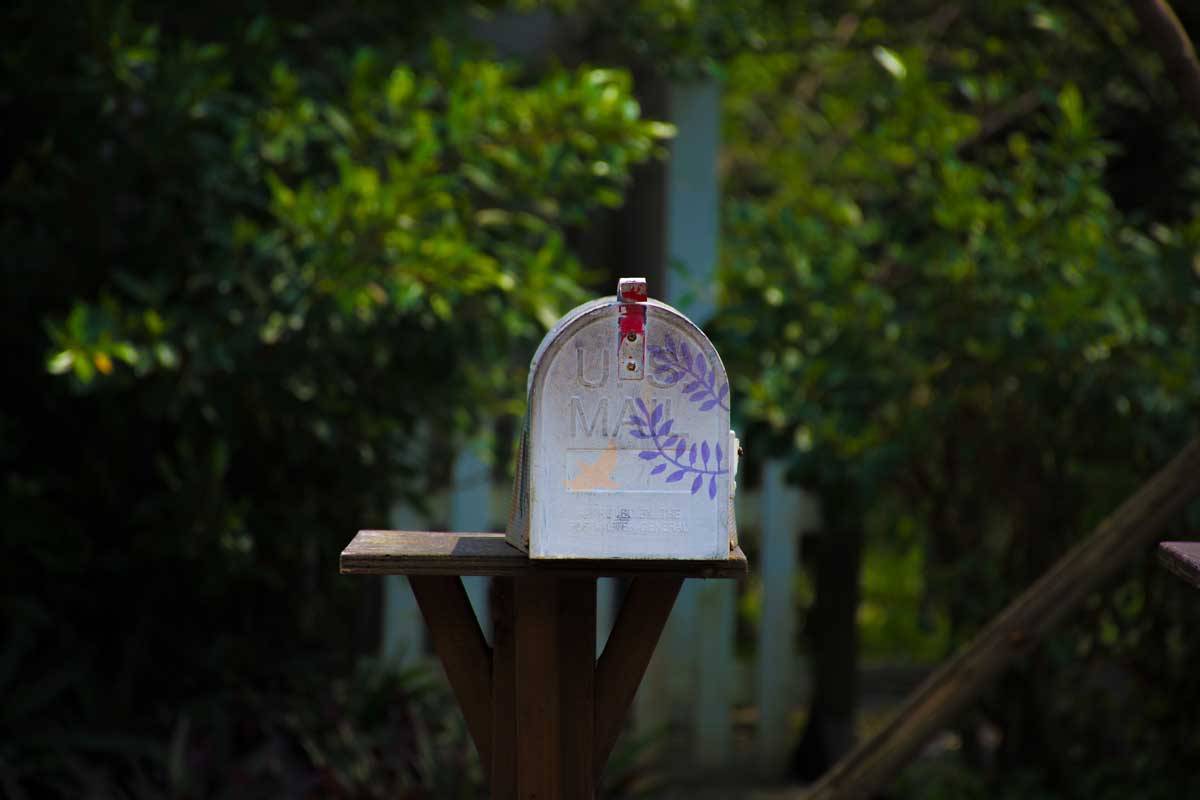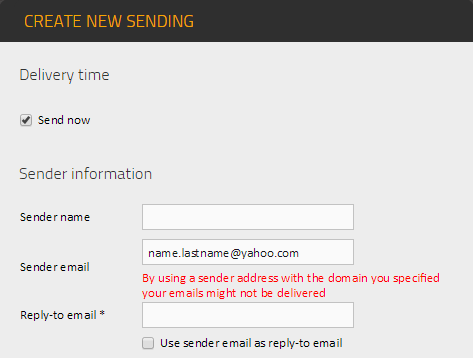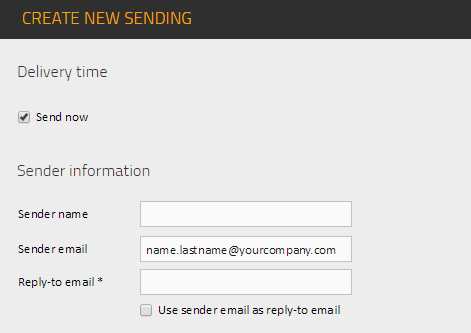DMARC: What does it mean?
Please read this carefully if you're not using your own domain for your "From address" in your sendings in Apsis Pro!

Gmail recently announced that they’re about to adopt a much more strict DMARC policy than before. Although we don’t know exactly when this will happen, email marketers everywhere have to start preparing for the effect this may have on their campaigns.
But what is that exactly? And what is DMARC anyway?
To answer these questions, we have to take a step back and look at something ethical email marketers always avoid: phishing.
Before DMARC, there was phishing
Phishing has been a major problem since the beginning of email. One classic example of phishing is to use @paypal.com as the "From Address" in emails, to trick recipients into disclosing sensitive information.
In order to prevent phishing attempts via email, email providers introduced the DMARC standard (“Domain-based Message Authentication, Reporting and Conformance”). This policy determines the authenticity of every email and determines whether to accept or reject it.
Nowadays, DMARC is used by all large email providers such as Gmail, Yahoo and AOL. It’s a win-win situation: DMARC builds trust between senders and receivers, while making it harder for tricksters to operate on the market.
Unfortunately, there’s also a risk that honest email marketers (who wouldn’t dream of phishing) will pay the price for a strict DMARC policy.
Curious about email deliverability? Check out our cool infographic about the journey of an email to your inbox!
Email providers with strict DMARC policies
Some email providers, such as Yahoo and AOL, already apply a strict DMARC policy that can affect sendings made through email marketing platforms like Apsis Pro.
A strict DMARC policy means that emails with a Yahoo address given as their “From address” may be rejected if they were sent from an unauthorized server.
Let's say that you use name.lastname@yahoo.com as the “From address” in your emails that you build in Apsis Pro. When your email is evaluated by Yahoo’s DMARC policy, it will be rejected, because the "From address” is a Yahoo address, but the server sending the email is actually Apsis Pro.

The silver lining in the DMARC cloud? It doesn’t affect those who use their own domain in their “From address” (so name.lastname@yourcompany.com).

This is why, here at Apsis, we recommend always using your own domain in your sender’s address when creating sendings to your customers. If you, for some reason, cannot use your own domain for your email sendings, you have the opportunity to use a sub-domain. Then your email will look something like this: noreply@yourcompany.anpdm.com. Contact the Apsis Support team, if you want to learn more about this solution.
Gmail and other email providers
As we said above, Gmail recently announced that they will update to a stricter DMARC policy in the near future. Which means that if you use a Gmail address as your “From address” for your email marketing sendings, you can expect some delivery issues to occur because of the external server situation.
And Gmail’s not the only one: Hotmail and other email providers are also expected to implement a strict DMARC policy going forward.
Configuring DMARC for your own domain
Luckily, if your company has its own domain, you have the opportunity to customise your DMARC: you can set it to make receiving servers accept emails sent from other servers through your domain (even if they fail SPF or DKIM authentications). This way you will avoid deliverability issues and increase the chance of your sendings actually reaching your recipients’ inbox.
Configuring DKIM will make it possible for receiving mail servers to see that emails from Apsis Pro are authorized by your domain. If you are interested in setting up DKIM, please reach out to your contact person at Apsis. We’d love to help!
Any more questions about emails? Just reach out to our Apsis deliverability experts - they'll smooth out all the roadblocks for you!